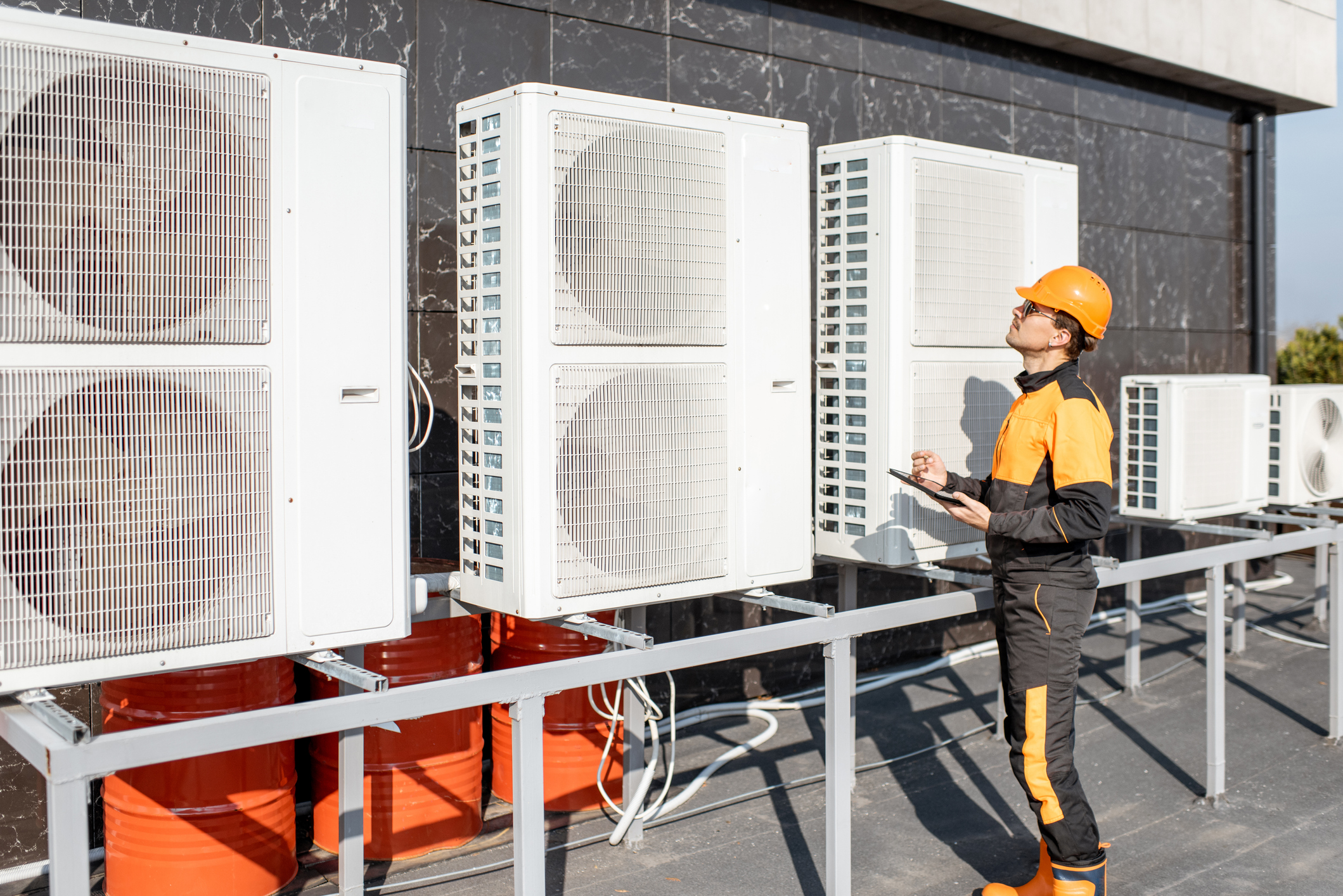Making Sense of SEER – and Saving Energy Dollars!

By: Gary B. Xavier | May 06, 2022
Since its adoption in 1992, SEER – the Seasonal Energy Efficiency Ratio – has served to benefit the HVAC industry by requiring manufacturers to build cooling equipment that performs with greater efficiency, thus saving consumers money on energy costs and helping to protect the environment by reducing energy consumption.
Based on AHRI (Air Conditioning Heating and Refrigeration Institute) Standard 210/240:
Seasonal Energy Efficiency Ratio (SEER) is the total heat removed from the conditioned space during the annual cooling season, expressed in Btu’s, divided by the total electrical energy consumed by the air conditioner or heat pump during the same season, expressed in watt-hours.
In other words, it’s the amount of heat removed divided by the electricity it takes to remove it.
Thus, the higher the SEER, the more efficient the cooling unit is. For example, an air conditioner with a SEER of 13 is approximately 23% more efficient than a unit with a rating of 10, and a 14 SEER is 29% more efficient than a 10 SEER.
Minimum SEER standards changed as technology changed, from a minimum rating of 10 to higher standards today. Effective January 23, 2006, the minimum SEER standard for air conditioning units up to 65,000 Btu per hour was raised to 13 for the entire United States.
In 2015, the US Department of Energy (USDOE) separated the country into regions for SEER minimum standards, with the north region having a lower minimum than the southeast and southwest regions.

The north region standards mandate a 13 SEER minimum for residential split air-conditioning systems, and a 14 SEER minimum for packaged units up to 45,000 Btu per hour capacity. Both southern regions required a 14 SEER minimum. As of January 1, 2023, the new minimums become 14 and 15 SEER, respectively.
Efficiency standards for air-source heat pumps will change as well. Heat pump heating efficiency is measured using the equipment’s Heating Seasonal Performance Factor (HSPF). The HSPF is calculated the same as the SEER, measuring the amount of heat added compared to the amount of electricity used during the heating cycle. Currently, the HSPF minimum is 8.2, but will increase to 8.8 in 2023.
A Word About SEER2
SEER2 standards, representing changes in equipment testing procedures to determine the rating, will take effect in 2023. This change is designed to better predict the unit’s actual operating efficiency under real-world conditions.
The SEER2 testing procedure includes changes for minimum air handler static pressure, and fan power for coil-only units. In addition, the heating load calculation and heating mode test procedures have changed. Because of these changes, a direct comparison of the SEER rating with the SEER2 rating will not be accurate, making it difficult for consumers to judge the efficiency of an older unit versus a newer unit.
Split systems, for example, will have different test parameters than packaged units under SEER2, and the change from SEER to SEER2 will reflect those differences. The changes from HSPF to HSPF2 will similarly affect the difficulty in direct comparison of heat pumps between the old ratings and the new. Fortunately, the energy efficiency labelling will eventually show only the new ratings, hopefully minimizing confusion.
Along with the differences in minimum ratings between regions of the country, there is also a difference in how they will be implemented. In the north region, units will be judged on their manufacturing date, allowing enough time for the sale of existing units with a 13 SEER. In the southeast and southwest regions, however, units cannot be installed after January 1, 2023, unless they meet the new SEER2 standards.

AFUE, or Annual Fuel Utilization Efficiency, is a comparison of heat energy input and heat energy output. For example, if a furnace consumes 100,000 BTUs of heat energy from the fuel and delivers 80,000 BTUs of heat energy to the home, the AFUE rating would be 80%. Fossil-fueled heating equipment, just like electrical cooling equipment, has energy efficiency standards to promote conservation of our natural resources.
Like air conditioning units, fuel burning equipment such as furnaces and boilers have benefited from advanced technology such as changes in burner design, better heat transfer materials, and more efficient and effective controls. As a result, AFUE has increased steadily over the past several decades.
AFUE standards for heating equipment vary based on the type and size of the system, with the highest efficiencies now in the 90+% range.
Our industry is immersed in efficiency metrics, from SEER and SEER2 and AFUE to COP (Coefficient of Performance), EER (Energy Efficiency Ratio), SCOP (Sensible Coefficient of Performance) and IPLV (Integrated Part Load Value). Understanding the role each of the metrics plays in HVACR equipment and systems is a critical part of efficiency comprehension.
Gary B. Xavier, member ASHRAE, is an author and instructor with over 50 years of field service experience in the HVACR industry.

